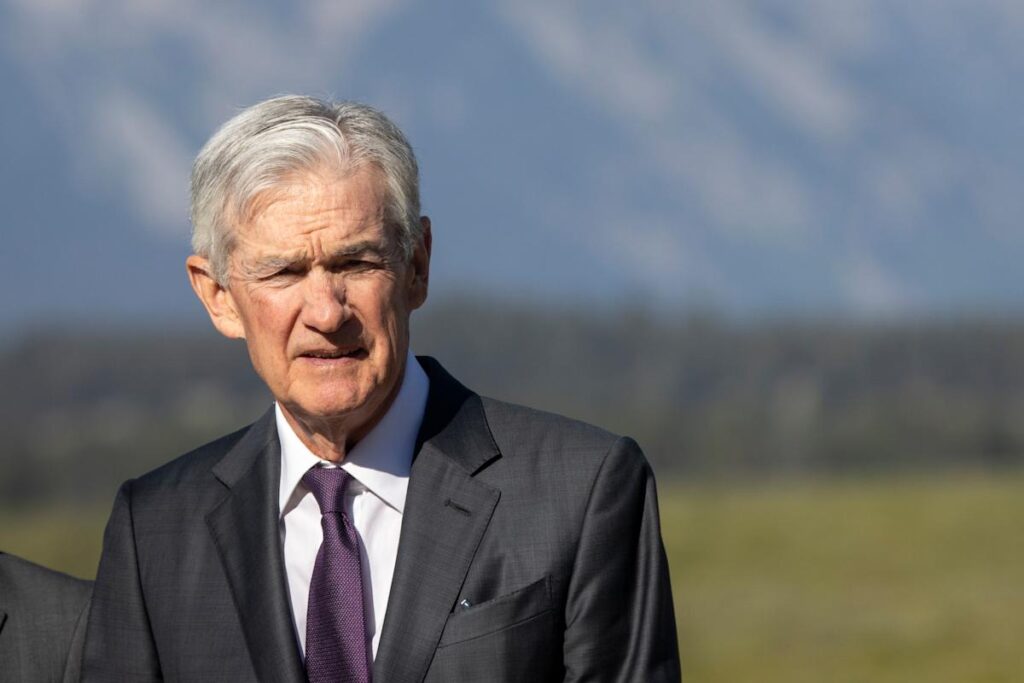A fresh reading on the Federal Reserve’s inflation gauge inched up again, but it isn’t likely to kick the central bank off course to cut rates in September.
“Today’s in-line PCE Price Index will keep the focus on the jobs market. For now, the odds still favor a September cut,” said Ellen Zentner, chief economic strategist for Morgan Stanley Wealth Management. “But the size of that opening is going to depend on whether labor-market weakness continues to look like a bigger risk than rising inflation.”
The Personal Consumption Expenditures index on a “core” basis, which excludes volatile food and energy prices, rose 2.9% from a year earlier, up from 2.8% in the previous month and the highest since February. On a monthly basis, core prices increased 0.3% for the second month in a row.
On a headline basis, prices rose 2.6% in July compared with a year ago, matching the increase in June. Month over month, prices rose 0.2% from June to July, down from 0.3% the previous month.
(The S&P 500 stock index has been trading down about .70% since the morning release of the inflation data.)
At the same time, the report showed that consumer spending picked up last month.
While Fed officials are keenly watching how much tariffs push up inflation, the rise in “core” prices in July was due to a rise in services prices. “That’s further evidence that tariffs are having minimal impact on goods prices,” said Harry Chambers, assistant economist for Capital Economics.
Read more: How jobs, inflation, and the Fed are all related
Chambers noted that the breakdown showed that core goods prices were unchanged on the month. Instead, the rise was driven solely by a 0.36% month-over-month rise in core services prices, which was expected given the strength of services CPI.
While inflation is not moving in the direction the Fed wants to see, Fed Chair Jerome Powell said in a speech in Jackson Hole, Wyo., last week that a reasonable base case is that inflation from tariffs will likely result in a one-time increase in prices — and that the balance of risks appears to be shifting.
Powell indicated there is concern about the direction of the strength of the job market given the lower payroll report for July and large downward revisions to job growth in previous months. He also noted that there’s been a marked slowing in both the supply of and demand for workers, suggesting that downside risks to employment are rising.
“If those risks materialize, they can do so quickly in the form of sharply higher layoffs and rising unemployment,” said Powell.
It may very well be that the next jobs report, due out on Sept. 5, for the month of August could be the determining factor for lowering rates at the September policy meeting.


